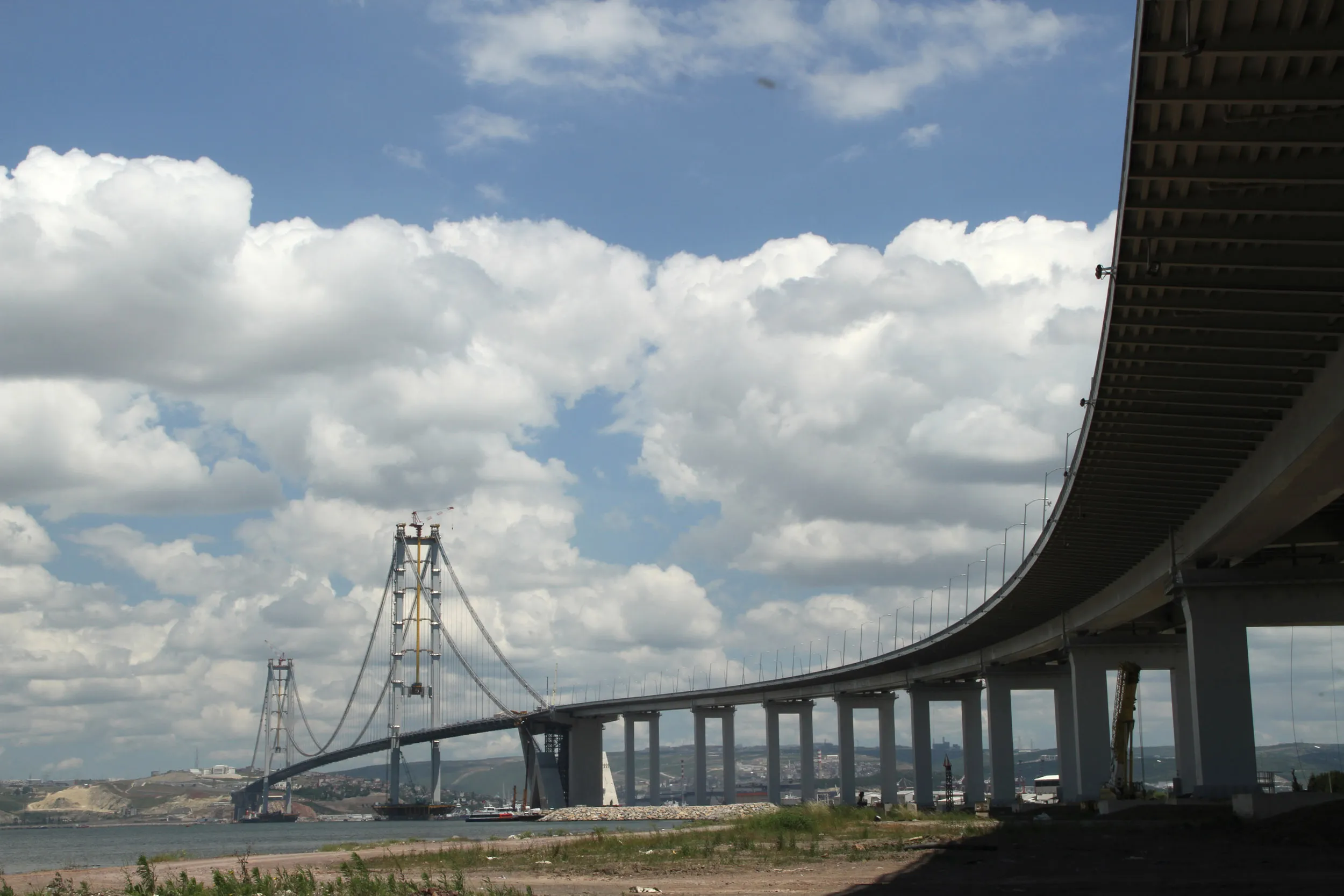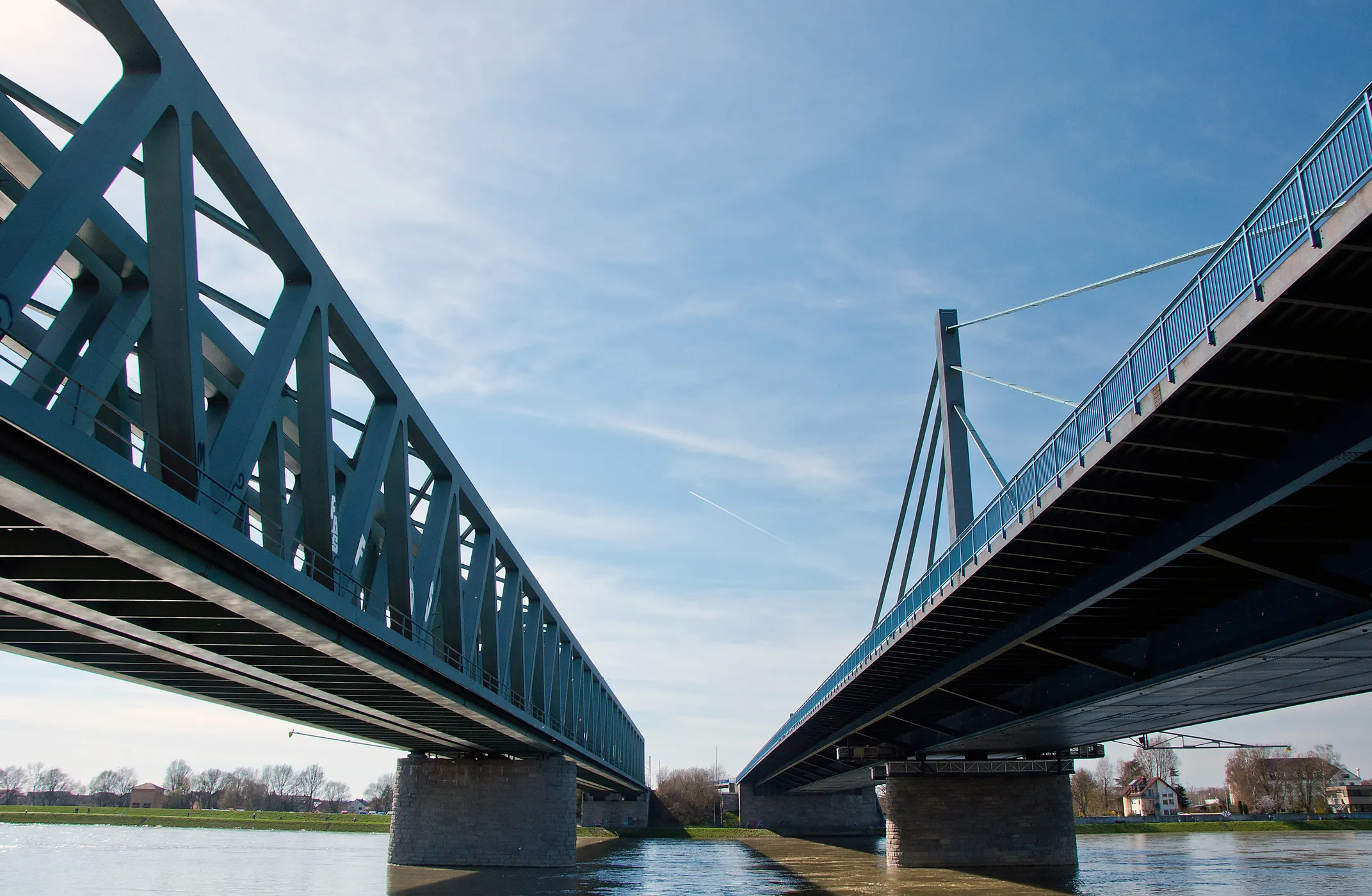
The ambitious Fehmarnbelt Tunnel - one of Europe’s largest ongoing infrastructure projects - is a priority project within the EU’s Trans European Network (TEN-T) programme. It will link the German island of Fehmarn with the Danish island of Lolland.
The tunnel is an 18km immersed combined road and rail link connecting the Baltic Sea regions of Germany and Denmark, featuring a four-lane motorway and a double-track electrified rail line. Travel time across the sea should be cut from 45 minutes - excluding waiting time at the ferry - to around 10 minutes by car and seven minutes by train.
With a width of 42m and having a 17.6km immersed section, it will be by far the longest immersed tunnel in the world. The Trans-Bay Tube Bart Tunnel in San Francisco, California, is nearly 6km submersed (see box). Regionally, the Fehmarnbelt Tunnel will be nearly five times the length of the 4km Øresund tunnel, part of a bridge-tunnel combination linking Denmark and Sweden.
Foundations will reach down more than 40m below sea level making it also one of the deepest tunnels of this type. Such dimensions have required an innovative design because when the first feasibility study for the fixed link was done in 1996, few people gave an immersed tube tunnel option much chance in comparison with a bridge solution.
The client,
German and Danish transport ministers signed a treaty for constructing the fixed link across the Fehmarnbelt in September 2008. Denmark’s approval to start construction was obtained in 2015. However, in Germany a more lengthy and comprehensive procedure is required which has pushed an approval date back to sometime this year.
The Danish connectionØresund
The Øresund is a road-rail bridge-tunnel structure running across and under the Øresund strait from the Danish capital Copenhagen to Malmö in Sweden. The road and rail runs along an 8km cable-stayed bridge to an artificial island where it then enters a 4km-long tunnel. The cable-stayed bridge features two 204m-high pylons supporting the 490m-long bridge span across the Flinte Channel. The motorway runs on the upper level while the railway runs underneath. Most bridge structures including the piers and spans were built on land and towed into position on barges. Only the pylons were cast in situ. The Øresund opened in 2000 and is jointly operated by both countries. It was designed by Danish engineering firm
Storebælt
The Great Belt is a strait up to 32km wide that runs between the Danish islands of Zealand and Funen. The 18km Great Belt Fixed Link is a multi-element structure. It consists of a road suspension bridge and a railway tunnel between Zealand and the small island Sprogø located in the middle of the Great Belt, as well as a box girder bridge for both road and rail traffic between Sprogø and Funen.
The motorway opened in 1998 after a decade of construction. The railway opened a year earlier.
The East Bridge for the highway and separate East Tunnel – twin tubes for rail – run from Zealand to Sprogø. The suspension bridge is 6.8km long and the rail tunnel is just over 8km. From the island of Sprogø to Funen runs the 6.6km box-girder West Bridge, essentially an extension of the East bridge but which carries both the rail and road.
The East Bridge and West Bridge together are referred to the Storebælt Bridge. The suspension East Bridge - designed by the Danish engineering firms COWI and Ramboll - has the world's third longest main span at 1.6km. Construction of the East Bridge was carried out by Sundlink Contractors, a consortium of
Financing
The budget for the coast-to-coast part of the link is €7 billion. Danish land works has a budget of €1.3 billion.
Under the tunnel’s treaty, Denmark has sole responsibility for overall project financing, including the ramp and approach areas on the Danish and the German sides. Denmark will also upgrade Danish land works, making Denmark the sole owner of the Fixed Link.
Germany will be responsible for the financing and extension of the land works on the German side.
Importantly, Danish taxpayers will not pay for the Fehmarnbelt Tunnel. Instead, it will be financed by users of the tunnel, according to the Danish state guarantee model, which also financed the two fixed links called Storebaelt and Oresund (see box).
The state guarantee model is based on state-guaranteed loans from the Danish state to be repaid over a fixed period using revenue from users. In addition to user payments, the Fehmarnbelt project receives substantial non-repayable co-financing from the European Union. Around €800 million has been awarded so far and more is expected when construction starts.
In parallel with planning approval procedures, competitive dialogue tenders were prepared for civil works, meaning the client may discuss technical issues with bidders during the tender process. Preferred bidders have been nominated for these and construction will start when Germany gives its approval. Construction likely will take between 8-9 years.
Special sections
One of the innovative design features is the use of 79 standard 217m-long elements (pre-formed tunnel sections) and 10 special 40m-long elements, one every 1.8km. These special elements - 45m wide and 13m high - contain two levels: a road and rail deck above a lower installation deck. The installations level provides the space required for all the mechanical, electrical and control systems, such as transformers, switchboard and sumps that are required to operate a road and rail tunnel.
Parking access for maintenance vehicles coming from Denmark is available in a special layby outside the emergency lane. Access to the installations level will not interfere with traffic and via this lower level there is unhindered access to all the tunnel tubes.Trans-Bay Tube
The Transbay Tube, opened in 1974, is an underwater rail tunnel carrying four subway lines belonging to BART, San Francisco city’s Bay Area Rapid Transit. It connects San Francisco Bay and the adjacent city of Oakland, both in California. The structure is 19km long, of which 5.8km are undersea, with a maximum depth of 41m below sea level. The Tube has 57 sections between 83-102m long, 15m wide and 7.3m high. They were built on land at the nearby Bethlehem Steel shipyard and barged out to site for sinking into position along a trench before being covered.
Ventilation and safety
Ventilation design has a huge influence on the arrangement of an immersed tunnel and many road and rail tunnels require intermediate ventilation shafts. For a subsea tunnel, the implications of such intermediate shafts are costly, they may also introduce navigational risk and be controversial from an environmental point of view.
On the Fehmarnbelt Tunnel, ventilation is a longitudinal system which reduces the tunnel’s width and also eliminates the need for intermediate ventilation shafts. Sophisticated ventilation modelling took into account the growth of traffic in relation to a reduction in car emissions as vehicle technology improves. This demonstrated that the system is capable of keeping conditions below internationally recognised threshold values throughout the life of the tunnel.
In the event of a fire in the tunnel, traffic behind the fire will stop but vehicles in front of the fire will continue to drive out of the tunnel and considerably faster than the flowing smoke layer. Upstream of the fire, the tunnel will be kept smoke free by maintaining a minimum critical air velocity with fans to prevent back-layering of smoke.
Passengers in the traffic behind the fire may evacuate into the adjacent central gallery and to the other road tube via escape doors at intervals of about 100m. This short distance between escape doors is essential for ensuring people can escape quickly.
Also in relation to safety, driver perception and comfort have been analysed in great detail. The conceptual design includes moving light images and coloured light portals to help maintain driver awareness.
Geological challenges
A comprehensive geotechnical investigation was conducted to determine a conceptual design for bridge and tunnel options. Included were geophysical surveys, off-shore boreholes, advanced laboratory testing, large-scale testing and a high-resolution seabed elevation model. Such was the detail of the investigation that it won an award for technical excellence*.
These investigations informed the development of a complex 3D model of the geology comprising mixed quaternary deposits overlying tertiary clays and cretaceous chalk. Further analyses, such as large-scale tests, have been performed on the Paleogene clay, a high plasticity clay with a high swelling potential located in the alignment close to the German coast.
Average plasticity index of the Paleogene deposits was between 80-120%. Additionally, the clays are fissured which, along with content of the clay mineral smectite of 10-90% and high clay content of typically 70-80%, increase the swelling tendencies. This makes design of foundations complicated and the soil parameters need to be estimated very carefully.
The 79 standard tunnel elements – sections - for the Fehmarnbelt link will be produced at a large purpose-built factory east of the coastal town Rødbyhavn on Denmark’s Lolland Island. The factory – equal in area to 420 football fields - will be equipped with a new but temporary harbour where most of the raw material for element construction will be delivered by sea. Accommodation will be established for many of the thousands of tunnel workers near the factory in Rødbyhavn, the site later being transformed into a tolling plaza. The 10 special elements for the tunnel will be produced at a site to be decided by the main contractor when one is appointed.
RSS







